Ok, sorry for the duplicate thread, the forum was bugging up for some reason.
Edit: Fixed up the spacing, GB forum code doesn't mesh well with Word I guess.
Table of Contents
i. Introduction
ii. Methodology
iii. Terminology
iv. Graphics Card Rankings
v. $600 Build (Mid end)
vi. $1,000 Build (High end)
vii. $1,400 Build (Extreme)
viii. What’s Ahead
ix. Closing Comments
x. Disclaimer and Terms of Use
i. Introduction
This is a new series which will be updated monthly and be used to showcase the most value and performance that can be bought for a gaming PC at 3 price points. These price points will be: $600, $1000, and $1400, providing a good range of builds. I’ve seen many people asking for help building a PC or buying parts at a particular price point, so hopefully this guide will prove useful. The following will be the guidelines to my methodology, along with a glossary containing brief definitions and descriptions of commonly used phrases and abbreviations that you will see a lot when reading about hardware. You can skip around by using Ctrl+F to get to the section that you want.
Nvidia’s long awaited GTX 400 series has finally launched in late March, but how does that affect the graphics card market in terms of pricing? Well as it turns out, not very much. The GTX 480 and 470 both outperform the corresponding the HD Radeon 5870 and HD Radeon 5850, but at a higher price point as well. Therefore ATI should feel no pressure as it comfortably sits in the price brackets it currently dominates. We might see some greater conflict later on when Nvidia releases their lower derivative cards, or when they decide to drop prices on their current GT400 series cards, though that might not be for a while.
For this month, the GTX 400 series will not be under consideration. They have officially launched, but availability isn’t for another 1-2 weeks. We will see how they do next month.
In response to reader feedback I have closed the $2,000 build section because it seemed the least pertinent to the spirit of the guide, and that is to provide users with the best possible build they can get at a certain price point. Someone who is willing to spend $2,000 or more on a build is probably less focused on value. To cover a larger area of interest, I have changed the build spread from 800,1400,2000 to 600,1000,1400. The lower bound is what I believe to be the minimum budget required in order to achieve the performance outlined in my methodology.
In this edition I have also fixed some typos, clarified a few things, removed some definitions and added others to the glossary, and done some overall cleanup. I have also improved the graphics card hierarchy for greater accuracy (laughably, last month I placed the HD 5830 quite high when it is actually only slightly better than the 5770), and condensed the build information using pictures.
Thank you to mrhankey, monkeyroach and other users for corrections and suggestions.
ii. Methodology
Builds must have an acceptable performance in most of the latest games at high to highest quality settings. “Acceptable performance” is defined at a minimum of 40fps average, above 60 preferably. “High settings” is normally what you can enable in the game options menu minus things like high antialiasing (8x+ MSAA), ambient occlusion or tessellation which are extremely taxing for most systems. "Highest settings” is all slider bars pushed to max, including those options not included in “high settings”, and supersampling for older/less demanding games. The highest resolution for a ~$200 monitor will be the default resolution in consideration, which at the current moment is 1920x1080. 4xAA will be the default antialiasing setting since most reviews look at that level of antialiasing, and it provides a significant image quality improvement over 0xAA in most games.
All pricing will be from newegg.com, the largest North American e-tailer of computer components. Its prices are competitive, it has a good reputation amongst customers, and sticking with one website will keep pricing consistent. For Canadians there is newegg.ca, where prices are generally about 10% higher in Canadian dollars. Combo deals, rebates and sales will generally not be considered because they are extremely transient. Pricing and availability is subject to change and dependent entirely on the retailer, and other places where you may find similar or the same items are Amazon and TigerDirect. Prices used will be as recent as possible, about three days before the publishing date or less. I will give myself about a 5% leeway in the final cost (meaning an “$600” build may cost up to $630).
All components will have a reasonable amount of quality to them. If a poorly-reviewed generic motherboard is $20 cheaper to a brand-name, well-reviewed motherboard while carrying the same specs, I am likely to choose the brand-name, well-reviewed motherboard because long term stability is worth more than $20.
Build considerations will not include exterior features to components such as overclocking potential, core unlocking potential, wattage, temps etc. Many of those things are subjective or hard to measure, and excluding them will keep build methodology consistent. Components will be considered based on their stock performance. Because of the disregard for things like overclocking potential and temps, coolers will not be included in builds. Builds will not include monitor, mouse, keyboard, speakers or OS cost as it is presumed the buyer will get these based on their tastes and needs. In general, to add the cost of a typical monitor and OS you need to add $300. It should be of note however that Windows XP cannot run higher than DirectX9.0c, and 32-bit OS's have a low memory cap at about 3-3.5GB. Builds will also not include shipping or tax fees, for obvious reasons.
I will not be personally testing any of my builds; instead I will be using cross -analysis from several established hardware sites to give relatively accurate evaluation as to final performance. There are an abundant amount of reviews for each hardware component out there, and I will do my best to provide a fair conclusion for performance based on benchmarks.
iii. Terminology (Alphabetical) (work in progress)
Ambient Occlusion – Technique that provides realistic lighting effects on irregular surfaces. Generally very GPU-intensive.
Anisotropic Filtering – Filters textures so that they look more accurate over a distance at certain angles. A cobblestone road without AF will look like a muddy road in the distance; with AF turned on, it will still look distinctly like a cobblestone road even as it approaches the horizon. AF is generally not very GPU intensive, even on its highest setting (which is 16x at the moment).
Antialiasing - Image quality method that reduces the “jaggies” or pixilation around the edges of in-game objects. Typically carried out using the efficient multisampling method, there also exists supersampling antialiasing which uses brute force graphical power to calculate the image in many times its original size, and then downscales that for extreme detail. This typically looks better than any other form of antialiasing, but is also extremely intensive on the hardware. There is also coverage sample antialiasing, quincunx antialiasing, transparency antialiasing and edge-detect antialiasing.
ATX – Form factor of motherboards. Typically the larger the form factor, the larger the amount of ports and slots there are to use. ATX is the standard size which will fit in pretty much all cases, and other common types include MicroATX (smaller size board typically designed for very specialized uses) or EATX, which is a larger board that can generally only fit in full towers. Examples of such boards are the EVGA X58 Micro and the EVGA SR-2.
Bottlenecking – When one component significantly limits another. Components depend on each other to operate, and if one component reaches its maximum performance level, the corresponding performance level of a component that depends on it will be “bottlenecked”. Example: Game X has a maximum framerate of 100fps using an extremely fast processor and graphics card, and a framerate of 20fps using an extremely slow processor and the same fast graphics card. The graphics card is capable of attaining 100fps, but can’t due to the slow processor, and is thus being bottlenecked. The extra graphical power it is capable of is essentially being wasted. In system builds it is important for components to be both powerful and balanced.
CF - Crossfire, ATI’s multi-GPU scaling solution. Crossfire generally refers to 2 cards, Tri-fire 3, and Quad-fire 4. Like SLI, Crossfire will not achieve its theoretical 100% performance boost most of the time, but it will be fairly close.
CPU – Central Processing Unit. The “brain” of a computer, it essentially directs all of the actions of the other components. In gaming, it’s usually the GPU that is most important in determining performance but an abnormally weak CPU will bottleneck the performance of the graphics card.
Derivative – Any product coming out after an original hardware launch that is based on the same architecture, but has different specs thus delivering different performance. Generally referred to lower end models of the product line.
DirectX - An application programming interface for 3D applications including games, usually distributed in runtime libraries. DirectX11 is the newest version of the 3D development platform, sporting features including tessellation, better multithreading support, Shader Model 5.0, and more optimized performance.
Frames per second (framerate) - The amount of frames that are being processed through hardware per second. Each frame is a fully realized and fully processed view of the game. Games start to feel significantly laggy below 40fps, and 60fps is currently the standard for optimal performance (though higher frames up to 120 currently exist). The frames per second in games is slightly different from the frames per second in television in movies in that it typically lacks motion blur, so high amounts are needed in order to compensate for smoothness. This is why TV and movies look smooth at 24fps, while games are basically unplayable at that framerate.
FRAPS - Handy program that measures framerates, records benchmarks and movies, and takes screenshots. Generally what reviewers use to measure framerates for their benchmarks.
Frequency - Also referred to as the "clock". This pertains to the general speed of a component, or how many operations it can execute a second. The basic unit is the hertz (hz) and you will see them described with your processor, graphics card and even your memory. Generally the higher the hertz the better; the actual range of values that the hertz will be in is dependent on the component type and the architecture. For example, CPUs can have frequences over 4Ghz (Giga = billion) with overclocking, and over 3Ghz at stock values. Graphics cards on the other hand currently have hz measurements only in the 600-900Mhz (Mega = million) range, however they have hundreds or even thousands of smaller processors that do work in parallel (in comparison to the 4-8 that exist on a modern CPU).
The architecture of the component will also affect speed; for instance, quad core intel CPUs based on the Nehalem architecture are faster than corresponding AMD quad cores at the same clock speeds .The GTX 295 with a core clock at 576 Mhz is actually almost twice as fast as the GTX 275 at 633 Mhz, since the 295 is dual GPU and has much more mini-processors (known as shaders and raster operators, and stream processors in ATI's cards etc). While a high frequency is indicative of speed, it always comes down to the real world benchmarks when measuring performance.
GPU – Graphics Processing Unit. This powers your graphics card and specializes in processing intensive 3D graphics in real time. In contrast to CPUs, they are highly parallel, with lower clock speeds but many more individual processing units. The most important factor in graphics performance.
GTX - Nvidia’s line of GPUs, the higher the number the better. Currently in the 4xx series.
HDD - Hard Disk Drive. This is your mass storage device that usually runs on the SATA interface. Windows users are probably familiar with it, it is the drive usually labeled “C:\” in My Computer.
Hyperthreading - Intel’s built in feature that allows a single physical core to be divided into 2 logical threads; enhances multitasking. Usually has little effect in games but functionality may increase as games become more multithreaded.
HyperTransport - Replacement for the front side bus, this system has a higher bandwidth and universalizes several different FSB frequencies.
LGA 1156 - Core i5 and i3 socket. The Core i5 line are quad core processors that serve to bridge the gap between mainstream and enthusiast processors. The Core i3 line of processors are dual core with hyperthreading.
Multi GPU – Either SLI or Crossfire configuration. When 2 or more graphics cards to communicate to each other over the PCI express lanes, achieving a theoretical x-scaling in performance where x is the number of graphics cards. In reality you usually see less than the theoretical scaling, but the performance benefits from multi-GPU can still be very significant, typically resulting in a 80-90% performance boost rather than the theoretical 100% To get an idea of the performance that multi-GPU yields, refer to these:
http://www.youtube.com/watch?v=lCj4r2Gskqw&feature=player_embedded
http://www.xbitlabs.com/articles/video/display/radeon-hd5800-crossfirex_5.html#sect0
http://benchmarkextreme.com/Articles/HD%205870%20TriFire/P1.html
OS - Operating System. For gaming PCs this will be Windows. The newest version of Windows is Windows 7, and it along with Windows Vista supports DirectX11.
PCIe - PCI express. This high bandwidth slot is where your graphics cards are inserted. The current version is 2.0, with a 2.1 revision. 3.0 may be arriving later this year (but will take several years still to become standard).
PhysX – Nvidia’s onboard physics solution. Many of Nvidia’s newer cards come with an onboard PhysX chip, which allows for the efficient processing of physics in games that support it. Physx actually doesn’t require much hardware power, but it will take up an entire graphics card in a multi-GPU setup. ATI cards are also unable to run Physx. That is why some people opt to buy a single, cheap Physx capable card such as the GT 220 and use that as a dedicated card to do Physx. There are other cards where an additional PhysX chip is actually onboard the video card itself, such as the GTX 275 Co-Op Edition.
QPI - Quick Path Interconnect. The successor to the front side bus and originally seen on AMD chips in the form of HyperTransport, it allows for extremely fast transfer rates from the memory controller to the CPU.
Radeon HD - ATI’s line of GPUs, the higher the number the better. Currently in the 5xxx series.
RAM - Random Access Memory, also referred to as just “memory”. These act essentially as worktables for the applications that you run, storing the data of currently active applications to be used. The more and faster RAM that you have, the better games will run (to an extent).
Resolution – This will affect the overall detail of your game. Changes in resolution decrease performance, as more pixels need to be processed per frame. Standard high end resolutions are 1680x1050, 1920x1080, 1920x1200, and 2560x1600.
SLI – Scalable Link Interface. Nvidia’s multi-GPU scaling solution. SLI generally refers to 2 cards, Tri-SLI 3, and Quad-SLI 4. Like Crossfire, SLI will not achieve its theoretical 100% performance boost most of the time, but it will be fairly close.
Socket AM3 - Socket for AMD’s current generation of processors including the Athlon II and Phenom II lines. The Phenom II series consist of triple and quad core CPUs while the Athlon II series consists of dual core CPUs.
Tower – Otherwise known as a “case”, these will come in mid sized and full sized varieties. Mid sized towers are good for most configurations, but for hot running high end systems or systems containing large components like the higher end Radeon 5000 cards, a full tower or a large sized mid-tower is better for air flow, space, and cooling. Larger cases also allow for easier further expansion such as larger motherboards, additional hard drives or disc bays, and liquid cooling. It is recommended to get a good full tower if you can, since it will be the component that stays with you the longest, but it depends on the system you’re building and your budget as well.
Vertical sync – Locks your framerate to that of your monitor (usually 60). The benefit of this is it prevents screen tearing, which appears as a thin horizontal line that stretches across your screen momentarily due to the frames exceeding that of your monitor and not matching up, and smooths the overall look of the game. The downside is it reduces performance and creates stuttering if you can’t achieve a consistent 60+ framerate.
iv. Graphics Card Rankings (strongest to weakest, “=” implies similar average performance)
Radeon HD 5970 = Radeon HD 5850 CF
GTX 480 = GTX 295 = GTX 260 SLI
Radeon HD 5870
GTX 470
Radeon HD 5850
GTX 285
GTX 275 = GTX 280 = Radeon HD 4890
Radeon HD 4870
GTX 260
Radeon HD 5830
Radeon HD 5770
(anything under this point is not really worthwhile to get in terms of a new gaming PC)
v. $600 Build (Mid End)
Important Specs:
AMD Athlon II X3 Triple Core Processor 2.9Ghz, 4Ghz Hypertransport, 1.5MB L2 cache
XFX Radeon HD 5770 128-bit 1GB GDDR5
G.Skill 4GB DDR3 RAM 1600Mhz
Western Digital Caviar Blue 500GB 16MB cache 7200 RPM HDD
Conclusion: I found this to be a very well-balanced system, with the X3 435 providing around 75 - 80% of the performance of high end processors for less than half the price. The 5770 also holds its own with many popular games out there at 1920x1080 and 4xAA, getting not quite 60fps average in most cases but certainly playable framerates. In addition, all of the other components are built around the base specs with no excess material being wasted, while at the same time keeping a fairly high degree of quality with a the sturdy Centurion 5 case from Cooler Master, and the modest but proficient Corsair 450W PSU. The motherboard is also very good and allows for an easy upgrade path into the hearty AM3 line. Except in relatively demanding games such as Far Cry 2, Crysis or World in Conflict, this setup will give you outstanding performance at high settings in HD resolution.
vi. $1,000 Build (High End)

Important Specs:
AMD Phenom II X4 Quad Core Processor 3.2Ghz, 4Ghz Hypertransport, 2MB L2 cache, 6MB L3 cache
XFX Radeon HD 5870 256-bit 1GB GDDR5
G.Skill 4GB DDR3 RAM 1600Mhz
Western Digital Caviar Black 640GB 32MB cache 7200 RPM HDD
Conclusion: A gaming machine that has a $1,000 base cost should be able to play the vast majority of titles out there at highest settings – and this does. The Phenom II X4 955 is no slouch and plays with the big boys in most tests. Even more spectacularly, the Radeon HD 5870 plays nearly every game at high to highest settings with above 60fps – extra antialiasing or enabling some ambient occlusion and tesselation should be no problem with this card as well. The usual suspects (Stalker, Crysis etc) may still cause some problems at HD resolutions, but as far as current gaming goes, this build featuring an X4 955 and a 5870 is both a powerful and elegant solution for your gaming needs.
vii. $1,400 Build (Extreme)
Important Specs:
Intel Core i5-750 Quad Core Processor 2.66Ghz, 8MB L3 cache
Diamond Radeon HD 5850 256-bit 1GB GDDR5 Crossfire
G.Skill 4GB DDR3 RAM 1600Mhz
Western Digital Caviar Black 1TB 32MB cache 7200 RPM HDD
Conclusion: This extreme end build manifests the maximum power that can be attained from discrete components at this point in time. The Core i5-750 matches the gaming performance of several fold more expensive top end Core i7 processors. The graphics card configuration of two Radeon HD 5850s in Crossfire matches the performance of the world’s strongest discrete graphics card at the moment, the Radeon HD 5970, while being less expensive and easier to obtain. Not only will you be getting utterly ridiculous 100-150+ framerates in modern games at max settings, but you’ll also be able to play at super HD resolutions such as 2560x1600 (if you have a monitor that supports it), use supersampling on less demanding games such as those that run on the Source or Unreal 3 engine, and enable all of the eye candy to the fullest including all of the new DX11 features. Finally, all of that is with a 1TB Western Digital hard drive to store all your files, housed in an extremely sturdy and cool looking Antec 1200, and powered by a robust and dependable Corsair 750W PSU. With this build, you will seriously get what you paid for.
viii. What’s Ahead?
Fermi has officially launched and has very interesting performance numbers, but will the cost be justified by the performance? Will they even be available in mass quantities? We’ll have to wait till next month to see. ATI’s responding with a 5870 2GB version that doubles the available memory for high resolution gaming, and later Intel will be releasing their “K” series of CPUs to the LGA 1156 line in order to combat AMD’s successful “Black Edition” CPUs. Who will arise the victor? Well the consumers of course! All that and more in the coming editions.
ix. Closing Comments
For this month, I really liked the change to the build spread. It provided me with more defined boundaries and forced me to think more carefully about what kind of performance I could squeeze out of each component. This led to more “fat-free” configurations, and a more diverse set of hardware choices. Thanks again for reading and I hope it has helped or informed you in some way. As always, if you have any corrections or suggestions feel free to tell me and I will look into it.
x. Disclaimer and Terms of Use
Disclaimer: This is merely a guide to what is currently available in terms of hardware. It is up to you to buy, build, and use responsibly, and by reading this article you agree that I cannot be held liable or indemnible for any damages incurred as a result of the content in this article to any party whatsoever.
Terms of Use: This information may be freely used and distributed :). Happy building!
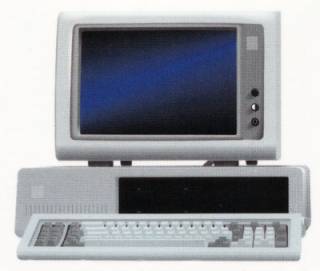


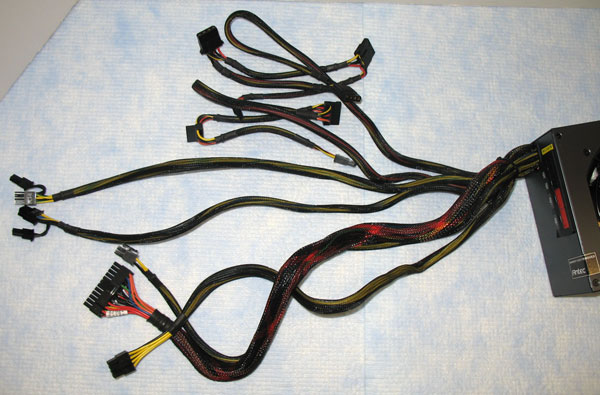

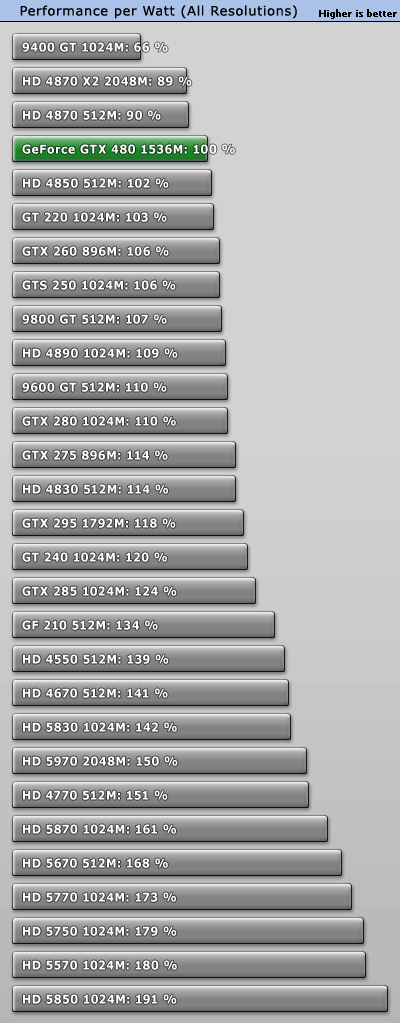
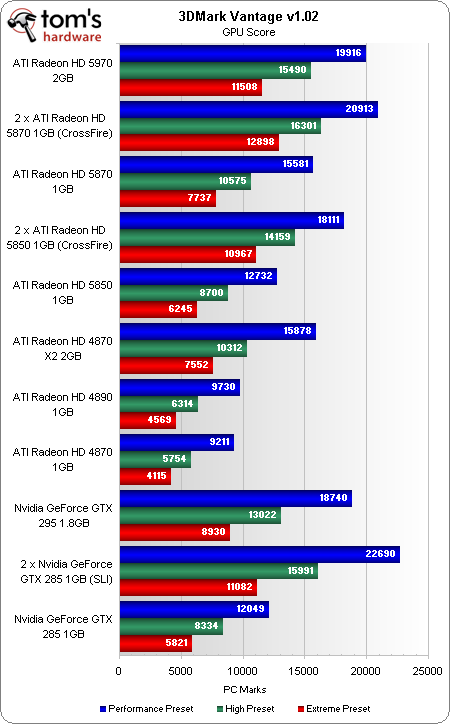
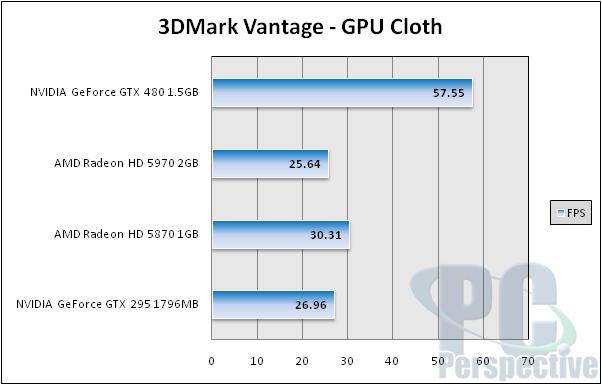
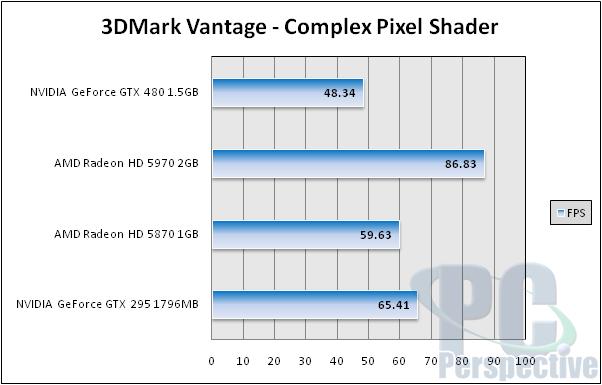
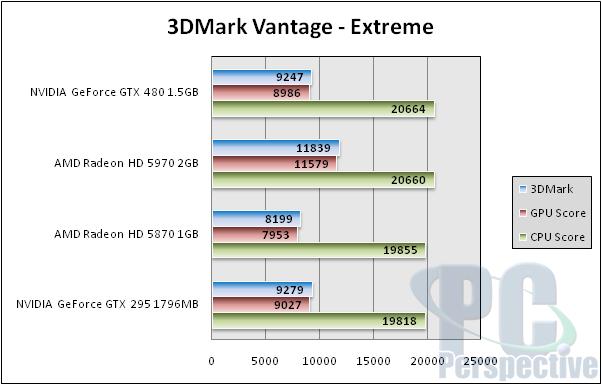
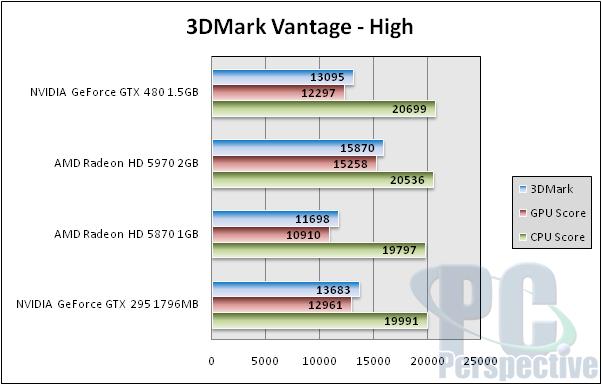
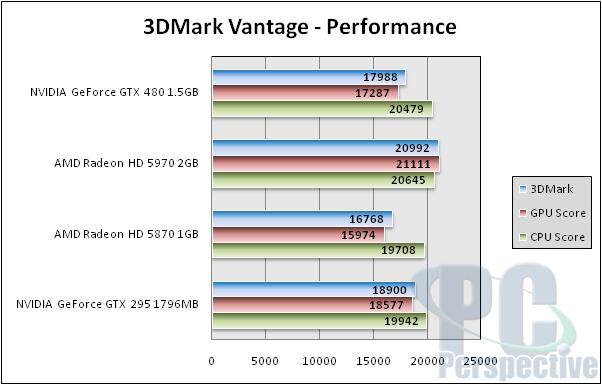
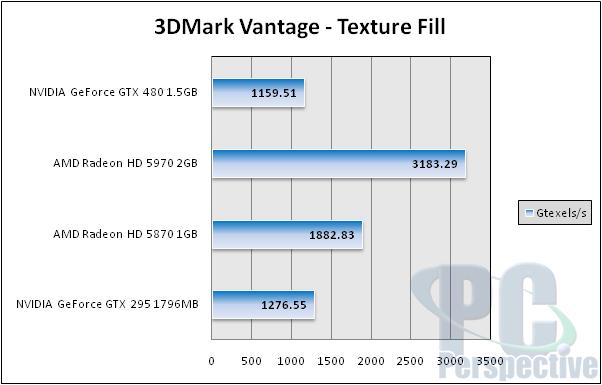

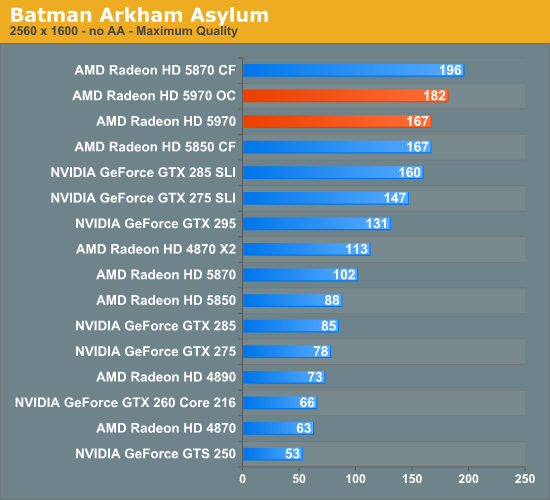
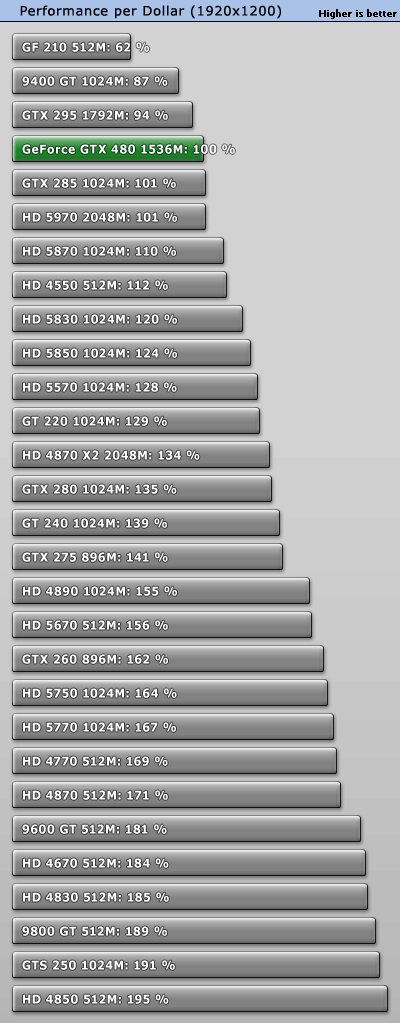
Log in to comment